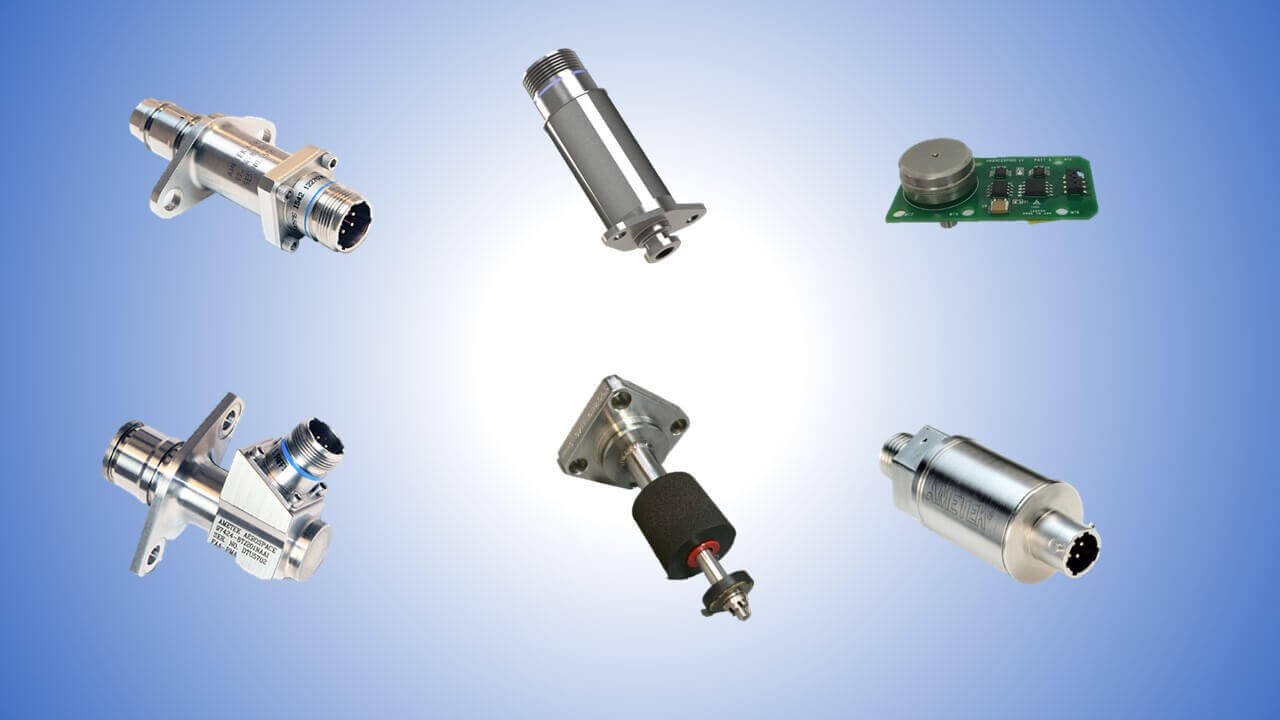Pressure Sensors: Pros and Cons

Pressure sensors are devices that measure the pressure applied to them. They have uses across industries ranging from automotive to pharmaceuticals—but among the different types, there are benefits and drawbacks. You can purchase one from any reputable supplier e.g. RS Components.
This article will discuss the different types of pressure sensors, highlighting their pros and cons across different industries.
But first, let’s dive into what pressure sensors are and how they work.
What is a pressure sensor?
Pressure sensors are specialised devices designed for measuring pressure in liquids or gasses. These sensors typically act as transducers, generating an electrical signal as pressure is imposed.
Pressure sensors are not limited to just one industry or use. One of the most common uses is measuring pressure in fluids like liquids and gases. You can also use pressure sensors to measure the thickness of materials, high-speed changes in pressure, or even the weight of objects by using a load cell.
Interestingly, there are different types of pressure, with specialised pressure sensors designed to measure each. These types are:
- Gauge pressure
- Absolute pressure
- Vacuum pressure
- Sealed pressure
- Differential pressure
Types of pressure sensors and their pros and cons
Now, to discuss the pros and cons and pressure sensors, we’ll need to break them down type by type.
Piezoresistive sensors
The most common type of pressure sensor is the piezoresistive sensor. This type of sensor can measure both static and dynamic pressures, but it cannot measure extremely high pressures. Thanks to their affordability and accuracy, these are the most common sensors for general use.
Capacitive sensors
Another type of pressure sensor is the capacitive-transducer-based pressure sensor. These sensors are more expensive than piezoresistive sensors, but they can measure higher pressures than piezoresistive sensors—making them perfect for detecting strain. You can recognise a capacitive sensor by its distinctive pressure cavity and diaphragm.
Optical sensors
Optical sensors detect pressure changes via an optical fibre that reacts to applied pressure. This technology is especially useful in unusual or challenging conditions, such as highly remote areas or under extreme temperatures. These sensors are also useful when technologies are immune or resistant to electromagnetic interference.
On the other hand, optical sensors are especially fragile and require expensive equipment to work. Fibre optic cable is also prone to darkening when exposed to radiation.
Thermal sensors
Thermal sensors are a less common type of sensor, but they serve a niche use. These sensors detect changes in a gas’s thermal conductivity (caused by density changes) to determine pressure. The Pirani gauge is an example of a thermal pressure sensor.
Thermal sensors offer advantages over traditional diaphragm-based sensors, such as remote sensing capabilities and improved sensitivity. However, these sensors can be unreliable under extreme or rapidly changing temperatures.
Conclusion
Pressure sensors feature several pros and cons depending on the type of sensor and your industry. To achieve optimal results, it’s critical to choose a device with a pressure sensing principle that fits within your budget and meets your business’s unique needs. For example, optical sensors are ideal when working in remote or extreme environments, while piezoresistive sensors are best for general use.






